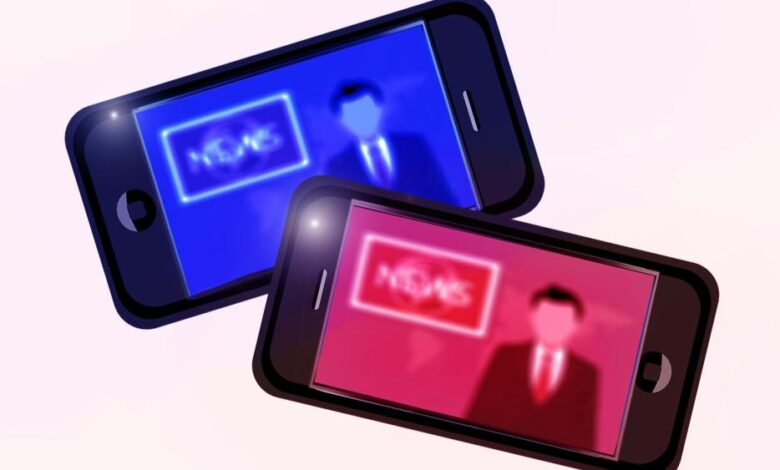Social media influencers may affect more than voter opinions

“One way to study social media’s effects on elections is to collect data and see what is happening, but as we studied and tried to understand the social media phenomenon, we realized that it’s complex,” Jabr said. “We decided, as a first step, to look at the phenomenon analytically through a model, which removes all the noise and lets us focus on a couple factors — in this case, social media influencers.”
Imagine the model as a line with political party A on the extreme left and political party B on the extreme right, with the citizen, or median voter, somewhere in between, explained Jabr. Each party takes a position on a topic, like taxation or immigration, that stands in stark contrast to the other party’s position. The voter may start closer on the line to party A, but with the right amount of effort, party B can persuade the voter to go the extra distance and support the party.
The research team used this base framework to model how political parties, median voters and traditional media outlets interact without social media. In this base scenario, political parties and media outlets have information that is not immediately available to citizens, but which citizens need to make decisions about whom to vote for in the general election. Then the research team added influencers, who also have access to this information, to the equation to study how social media could affect each group.
The researchers found that when social media influencers share distorted political messages, like misinformation and disinformation, to gain followers and increase their profits, political parties have to moderate their policy positions to attract median voters and win general elections. However, traditional media outlets’ editorial positions become more extreme, and the opinions of citizens swayed by influencers grow more polarized.
“We found that the introduction of social media changes a party’s policy positions in two ways: there is an ideology effect, and there is an election effect,” Jabr said.
Each political party conforms to a specific ideology, such as supporting high or low tax rates for wealthy individuals. In American elections, the ideology effect plays a more prominent role in primary elections, where party policy positions tend to tilt toward the extremes, according to Jabr. But the median voter is best understood as a moderate independent, and independents make up roughly one-third of the American electorate. These voters can tip the general election toward one party or the other, which is where the election effect comes in to play. Parties have to moderate their policy positions — such as lowering their proposed tax rates for the highest income brackets — to persuade independent voters to support them and win general elections, Jabr said.
Source link




